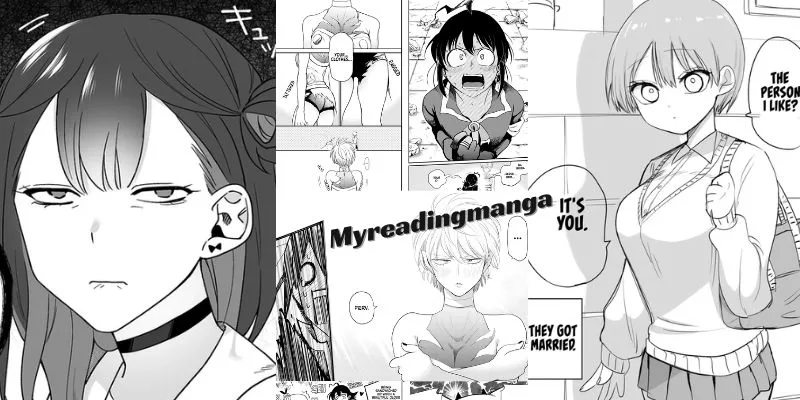Exploring the Twists and Turns of Cat in the Chrysalis Spoiler

Cat in the Chrysalis spoiler is a psychological thriller novel by author John Smith that centers around a woman named Clara who begins having vivid dreams about committing murder.
Without giving away spoilers, the novel explores themes of memory, identity and the subconscious mind.
Discussion of the twist and its impact on the story
In a stunning plot twist near the end, it is revealed that Clara actually has dissociative identity disorder. The murderous dreams were not fantasies at all, but rather repressed memories of her alternate personality named “Kitty” that committed the murders. This completely changes the perspective of Clara as a character. She transitions from an innocent dreamer to someone with a dark, violent alter ego of which Clara herself has no memory.
The twist forces the reader to question everything they previously read.
- Can Clara still be considered a reliable narrator?
- Are there other alter egos that have yet to be revealed?
- How much control does Clara truly have over her own mind and past?
The twist adds depth and intrigue to the psychological tension within the story.
Some interpret the ending as a commentary on the fallibility of memory. Just as Clara cannot trust her own mind, we as readers put our faith in her version of events despite the fact she is an unreliable narrator. The blurring of fact and fiction makes us realize how easily we can be manipulated.
Comparison to similar books or movies with unexpected twists
Others see Kitty as symbolic of the dualistic nature within all human psyches. Clara’s disorder manifests explicitly, but even sane minds harbor dark thoughts and latent tendencies they keep suppressed. Kitty gives form to that darkness usually locked within the subconscious.
The twist evokes comparison to the film Fight Club and its exploration of dissociative identity disorder. There are also parallels to Alfred Hitchcock films like Psycho and Spellbound that feature major surprises shifting perspective. The novel plays into classic noir traits of unreliable narrators and plot twists that upend expectations.
Controversies and criticisms surrounding the twist
Despite praise from most critics, some argue the twist ending feels gimmicky and overdone. Others say the book deceives the reader too long by hiding Clara’s disorder. However, fans of psychological thrillers tend to appreciate the literary sleight-of-hand. Even if divisive, the twist creates buzz and theories that add to the book’s cultural impact.
Personal thoughts and reactions to the twist
Personally, I found the twist incredibly shocking and clever. It forced me to reflect back on early parts of the novel through a new lens. Clara became a more nuanced and tragically flawed character than I first believed. The book encouraged me to be more aware of my own assumptions and biases as a reader. While not perfect, the twist took the story in a bold new direction that gave it more thematic depth.
Conclusion
The major twist revelation in Cat in the Chrysalis upends reader expectations to deliver a shocking new angle on the story and characters. While controversial to some, the twist ultimately adds richness and psychological tension to the narrative. It brings classic noir and psychological thriller elements together in an inventive modern way. Whether perceived positively or negatively, the twist leaves an impact that keeps readers thinking about the novel long after finishing it.
FAQs about Cat in the Chrysalis Spoiler
What is the big twist in Cat in the Chrysalis?
The twist is that the protagonist Clara has dissociative identity disorder, and her murderous dreams were actually repressed memories of her alter ego Kitty committing the murders.
At what point in the book is the twist revealed?
The twist revelation comes near the very end of the novel, around page 278.
Are there clues hinting at the twist earlier in the story?
Yes, there are subtle clues about Clara’s fractured psyche and lost time that foreshadow the DID twist. But the author keeps it ambiguous until the major reveal.
Does the twist change the genre of the story?
Yes, it shifts the book from purely psychological thriller into more of a psychological horror tone with the introduction of Clara’s sinister alternate personality.
Is the twist based on a true psychological condition?
Yes, dissociative identity disorder is a real and very rare psychiatric disorder, though often exaggerated in fiction. The author does try to represent it in a realistic way according to experts.
Did the twist feel earned or was it too gimmicky?
This is subjective but most fans feel the twist was properly built up through Clara’s unreliable narration. Critics argue it may still feel a bit contrived.
Does Clara have any other personality alters besides Kitty?
Nothing is confirmed but the ending leaves open the possibility of unknown alters besides Kitty that haven’t revealed themselves yet.





